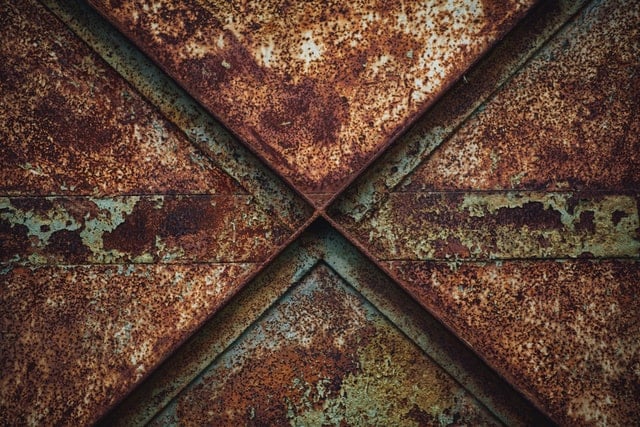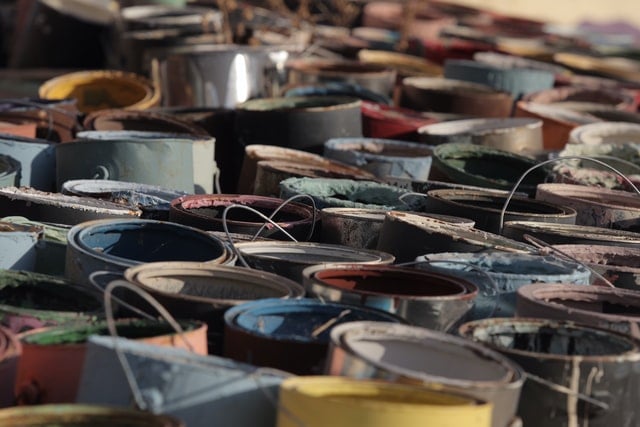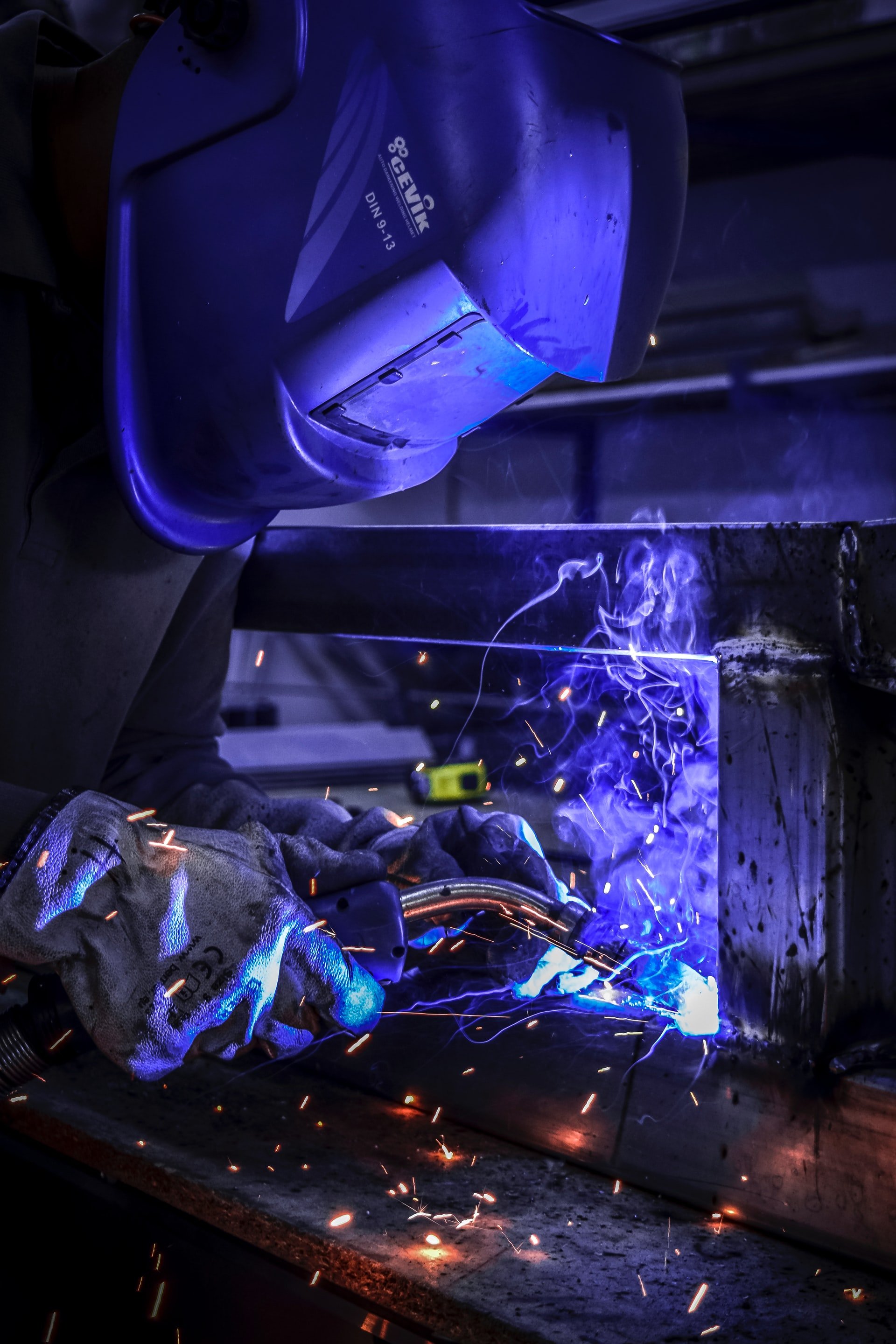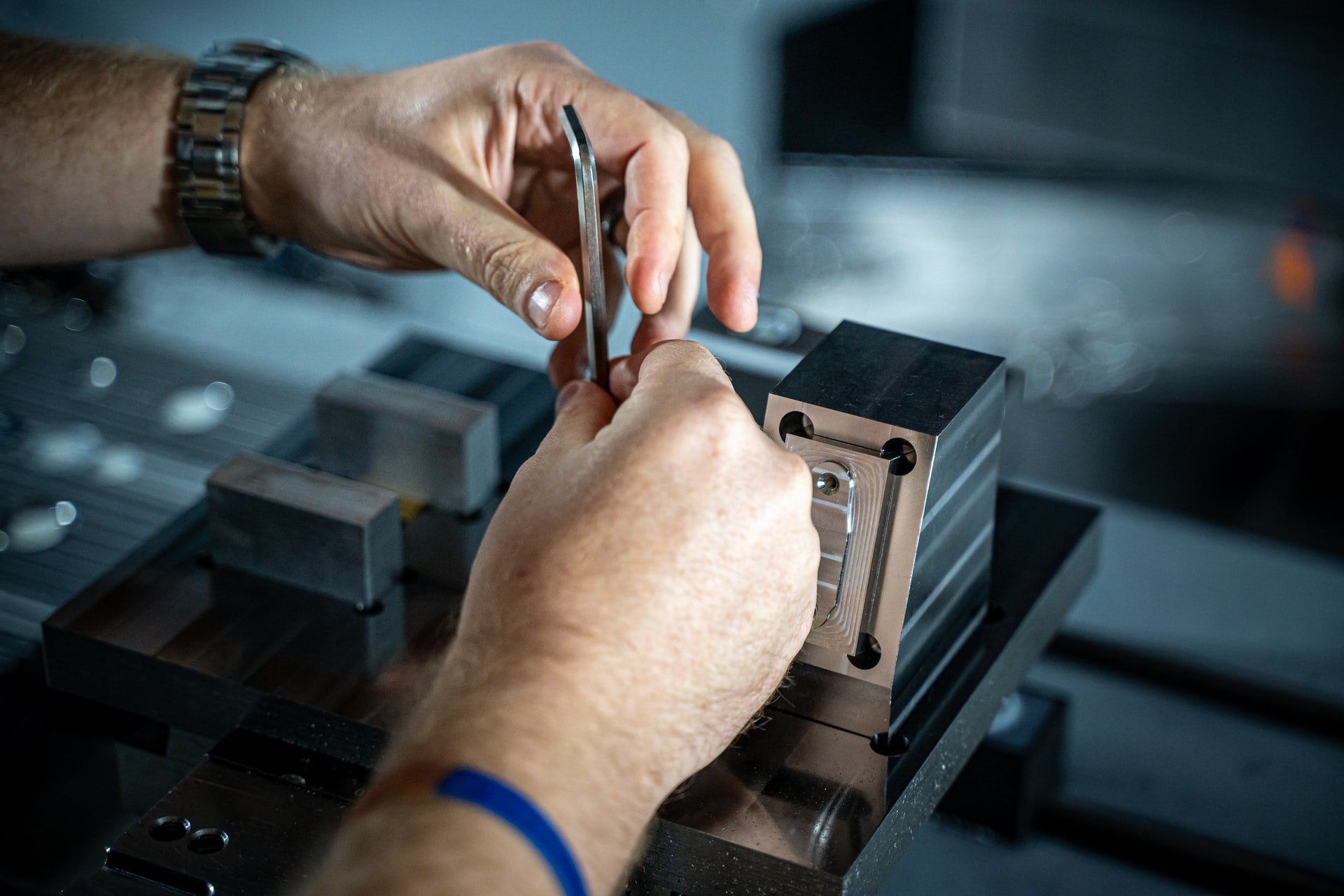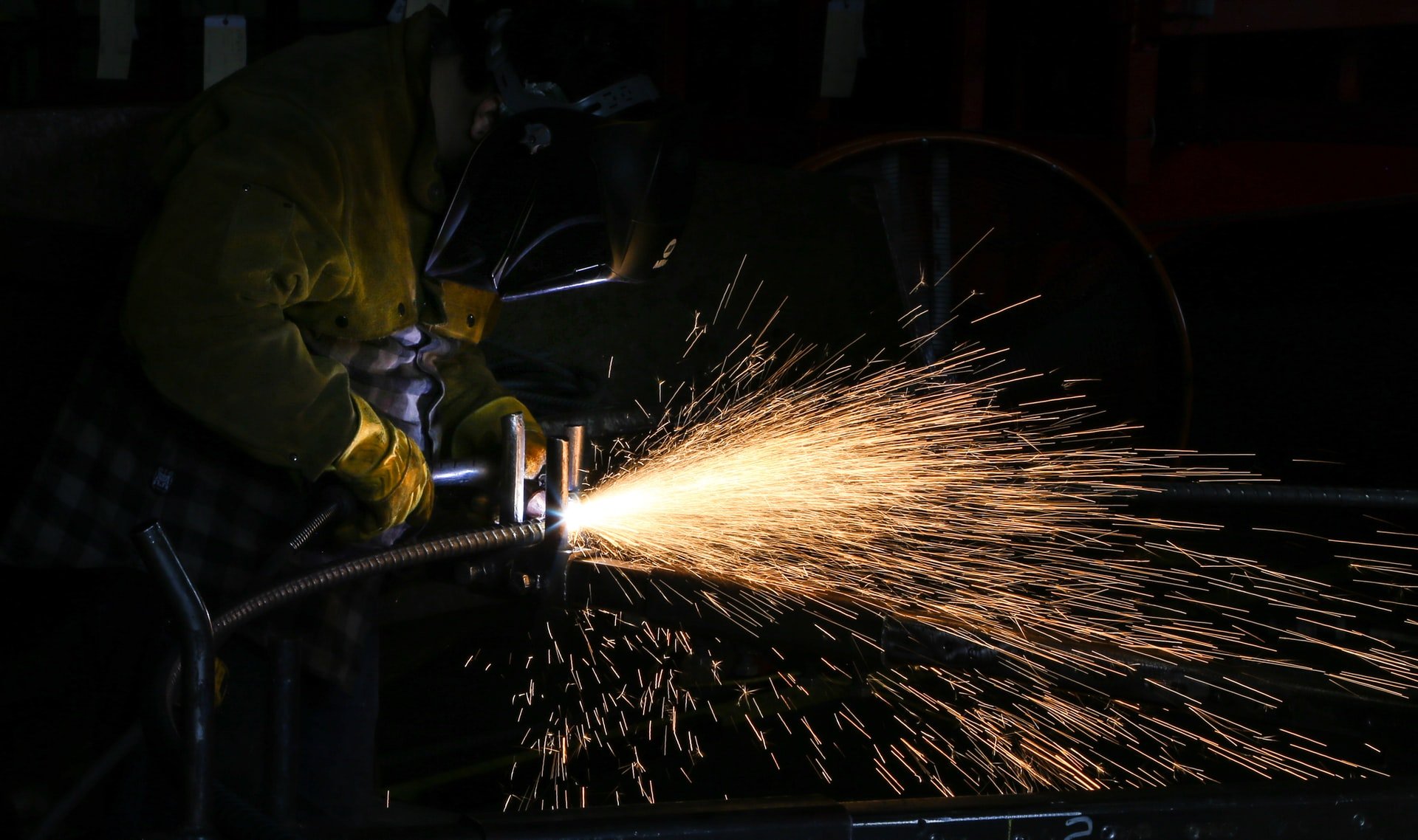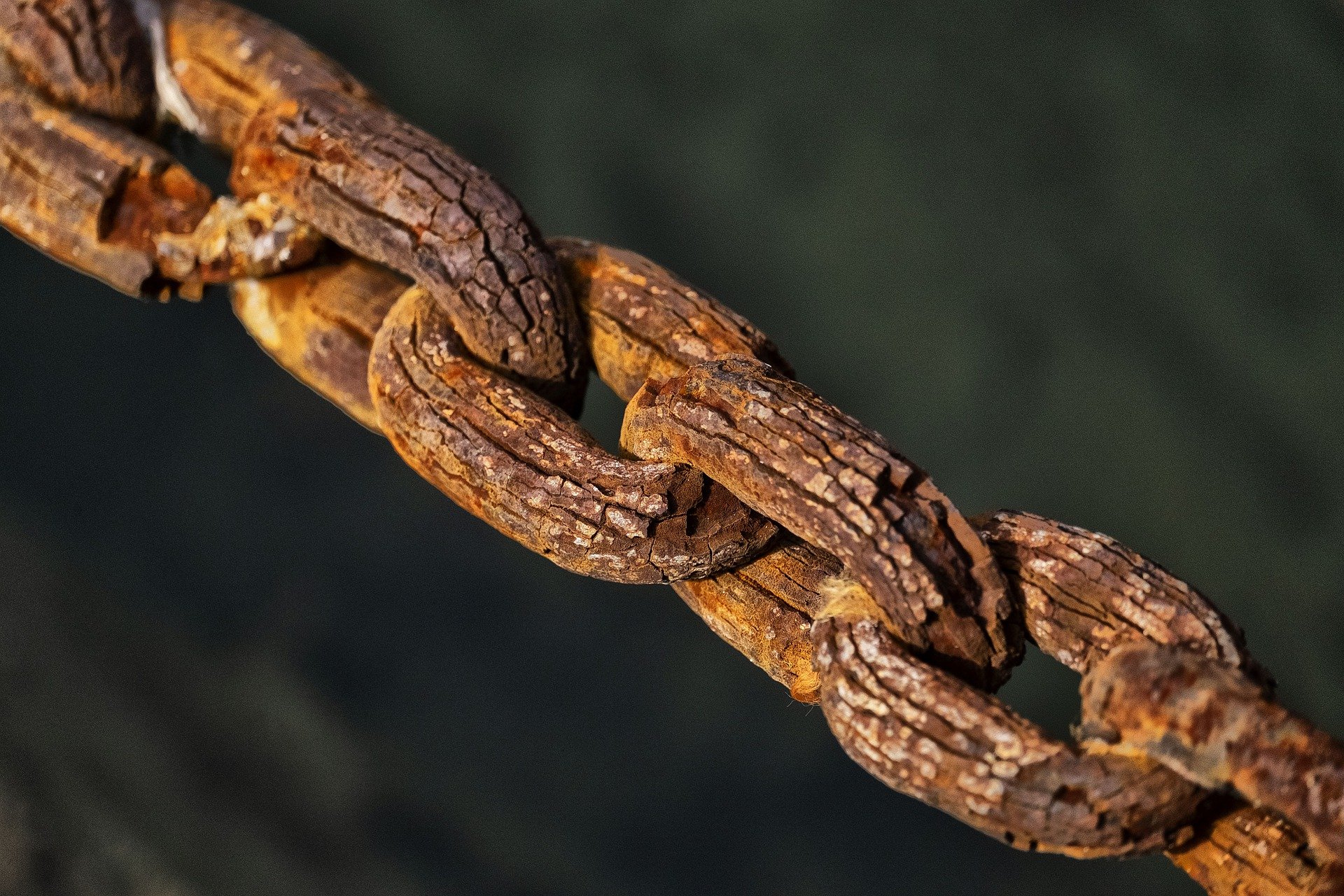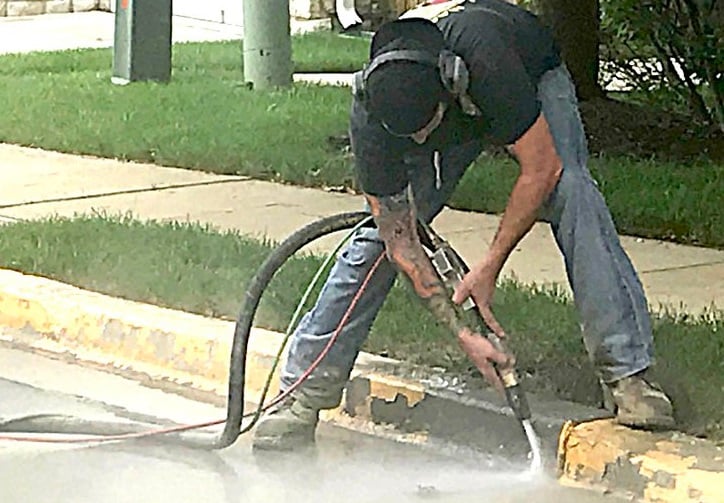
Many abrasive blast cleaning methods can be used to clean metal surfaces, each with their own pros and cons. In this post, we take a closer look at one of these processes – bead blasting – in more depth, so you can assess whether or not it meets your needs.

Bead Blasting, Grit Blasting Or Shot Blasting?
Bead blasting has similarities to both shot blasting and grit blasting, while being distinct from them both. Like grit blasting, bead blasting involves directing a stream of material at a surface in order to abrade it, usually by way of a 'blast' of compressed air.
However, bead blasting is also similar to shot blasting in that it uses round beads, or small shot, instead of the angular abrasive particles used in grit blasting.
This allows bead blasting to achieve some of the same outcomes as shot blasting, without needing the same heavy infrastructure. (Shot blasting uses heavy steel shot and a wheel mechanism to project at the surface – hence the alternative name wheel blasting.) Bead blasting only requires a small blast room or blast cabinet, opening up the possibility of blast cleaning on site through mobile blasting equipment.
Bead Blasting Applications
Bead blasting has several applications, depending on the type of bead used:
- Glass beads are used to polish stainless steel surfaces, after other contaminants are removed by other means. Glass beads are also used for peening or strengthening a steel surface.
- Plastic beads serve a range of abrasive cleaning purposes. They can be used to strip away oil, rust and old coatings in a similar way to grit blasting. They are also used to deburr a metal component, following milling, drilling or boring. Plastic beads are softer than their glass counterparts and minimise the risk of the surface being damaged during cleaning. This makes plastic beads suitable for use with delicate services, for instance when cleaning graffiti from stone walls.
Both glass and plastic beads can normally be recovered for reuse, when blasting takes place in a blast room or cabinet.
How Does Bead Blasting Compare To Other Abrasive Blast Cleaning Methods?
While bead blasting is a safe and practical way of cleaning many surfaces, whether it's the most suitable method for you depends on your specific needs. Neither glass nor plastic are as abrasive as steel shot or steel grit, so if you need to clean heavily contaminated surfaces, or want to strip away extensive rust or mill scale, you should use a different method.
Still Unsure? Speak To Us
To discuss whether bead blasting is the most appropriate cleaning method for your needs, get in touch today. We offer a range of professional abrasive blast cleaning solutions and, if you contact us, we can provide you with information and advice about the different processes you can use.
Image source: Wikimedia






